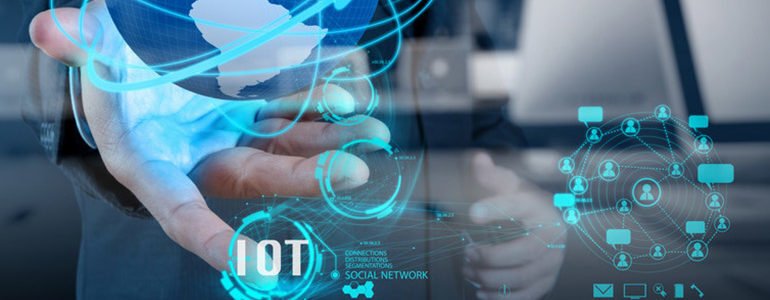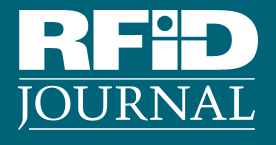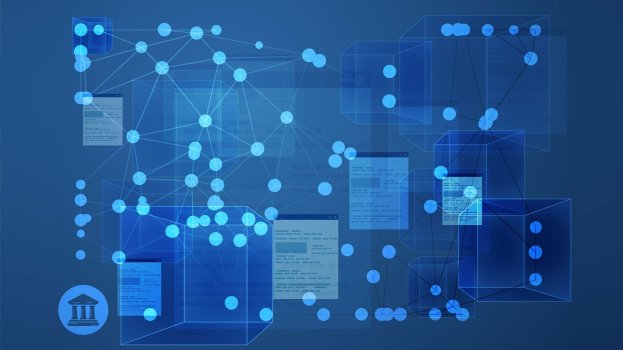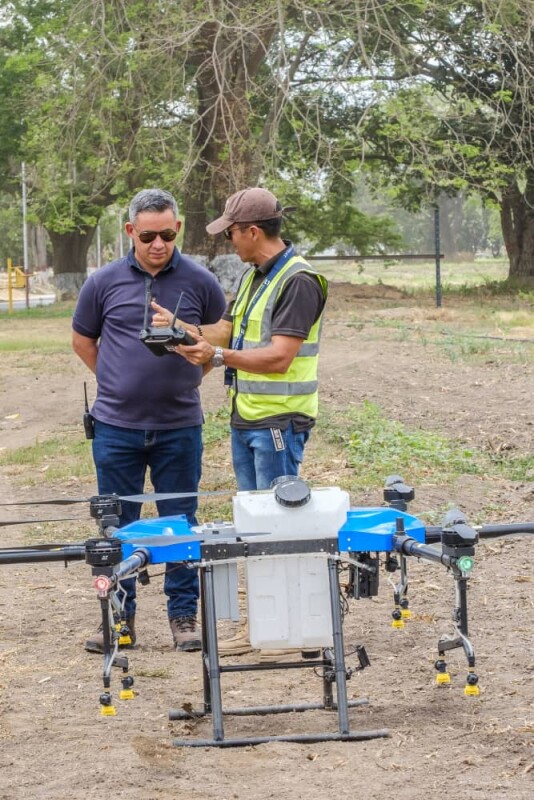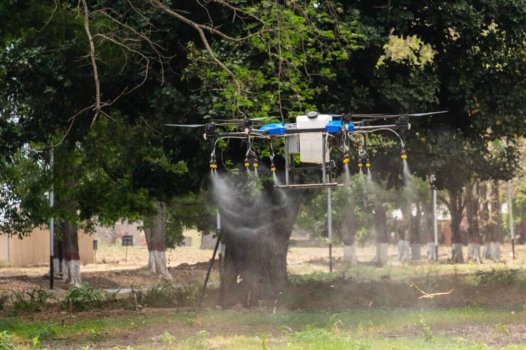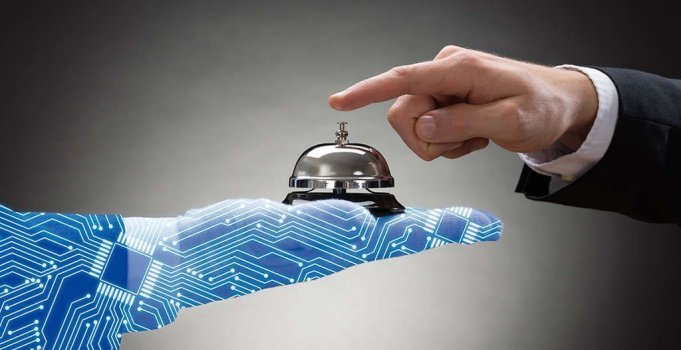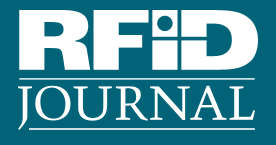AI: Exploring the Impacts and Gains that We Achieved So Far
- Technology Solutions
- 0 Replies
When technology evolves, it is also changing the dynamics of society. As today’s modern technologies continue to disrupt our worlds, we also need to account for the gains we derive from them and consider cognizable impacts they bring too. Artificial intelligence has been at the helm of this transformation for the past couple of decades. This digital transformation is caused by a perfect brew of interrelated disciplines like cybersecurity, cloud computing, data science and analytics, AR-VR, blockchain, and many more, AI’s contributions are undeniable and always the forerunner here. This may be because while data is omnipresent in a raw structured or unstructured format, AI gives quantifiable value. They are thus enabling it to act as a pipeline of the current digital age. This is quintessentially why AI is set to revamp the profound ways industries have been functioning hitherto.
If one factor in the advantages we obtain from AI, the potential of this field is limitless. And conglomeration of these innovations can create an authentic global village that can boost the global economy to new heights. For instance, at present, Fintechs are leveraging AI to gain a competitive edge in the market against rivals. Hence most of the market leaders have adopted the technology to enhance operations in terms of speed, cost, accuracy, and efficiency, as well as meet customer needs in an altogether more comprehensive manner. This illustration is just a scratch on the surface. Other drivers include a shift in customer demands with the volatile market, data analysis for business-oriented insights, timely detection of anomalies, integration of diverse yet simultaneous organizational tasks, an improved layer of security, and so on.
Once a business sector implements AI models and systems that align with the business goals and models, the gains are multifold. Businesses gain the ability to:
If one factor in the advantages we obtain from AI, the potential of this field is limitless. And conglomeration of these innovations can create an authentic global village that can boost the global economy to new heights. For instance, at present, Fintechs are leveraging AI to gain a competitive edge in the market against rivals. Hence most of the market leaders have adopted the technology to enhance operations in terms of speed, cost, accuracy, and efficiency, as well as meet customer needs in an altogether more comprehensive manner. This illustration is just a scratch on the surface. Other drivers include a shift in customer demands with the volatile market, data analysis for business-oriented insights, timely detection of anomalies, integration of diverse yet simultaneous organizational tasks, an improved layer of security, and so on.
Once a business sector implements AI models and systems that align with the business goals and models, the gains are multifold. Businesses gain the ability to:
- Mine data to extract insights that can help in making an informed decision
- Automate rote, monotonous, and trivial tasks with higher efficiencies, thus saving money, resources and time
- Provide round the clock availability and services
- Boost revenue generation by identifying and maximizing sales opportunities
- Predict and forecast customer preferences to offer a better customized and personalized experience
- Identify reliable touchpoints to qualitative lead generation and retention
- Minimize the frequency of human errors in applications




